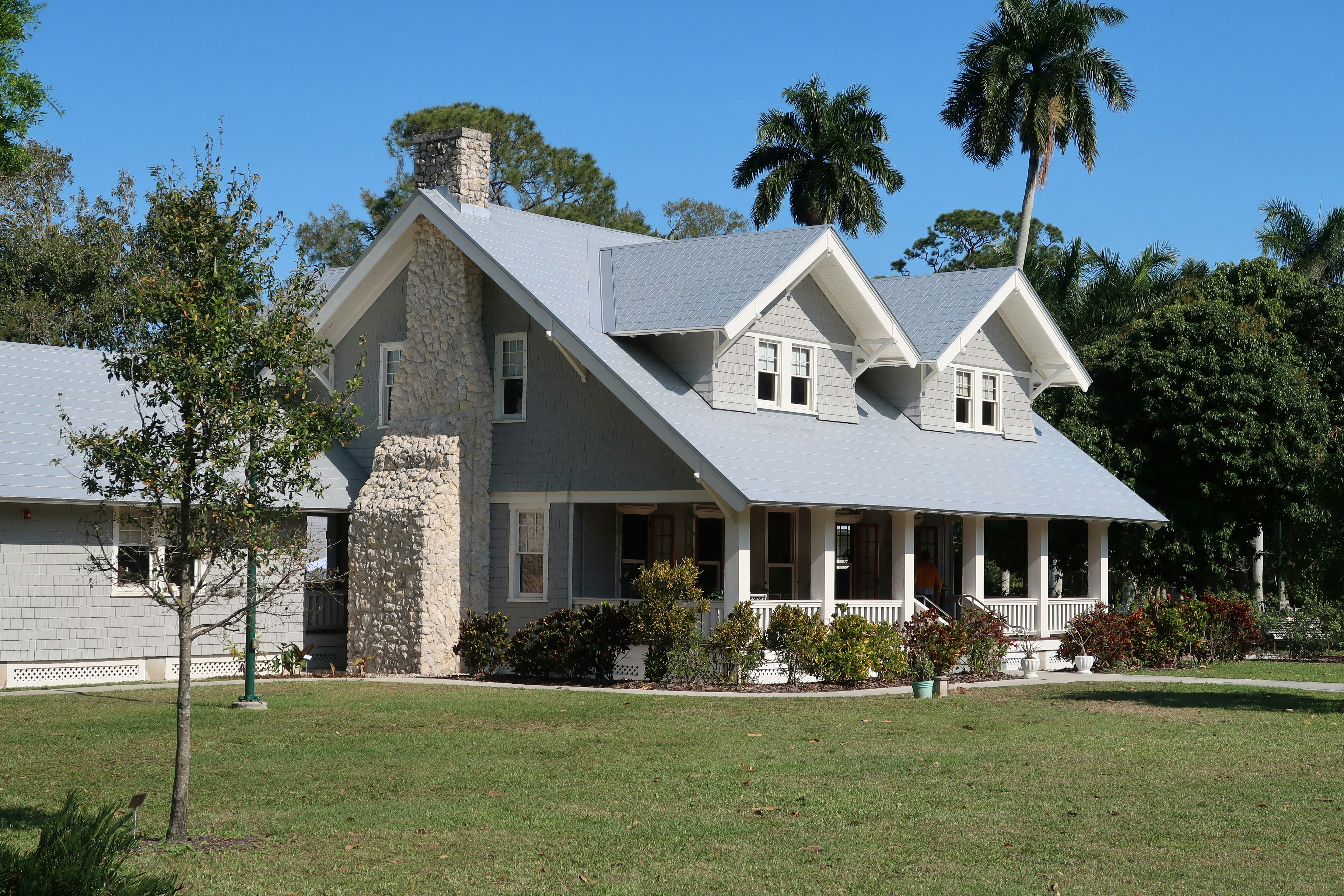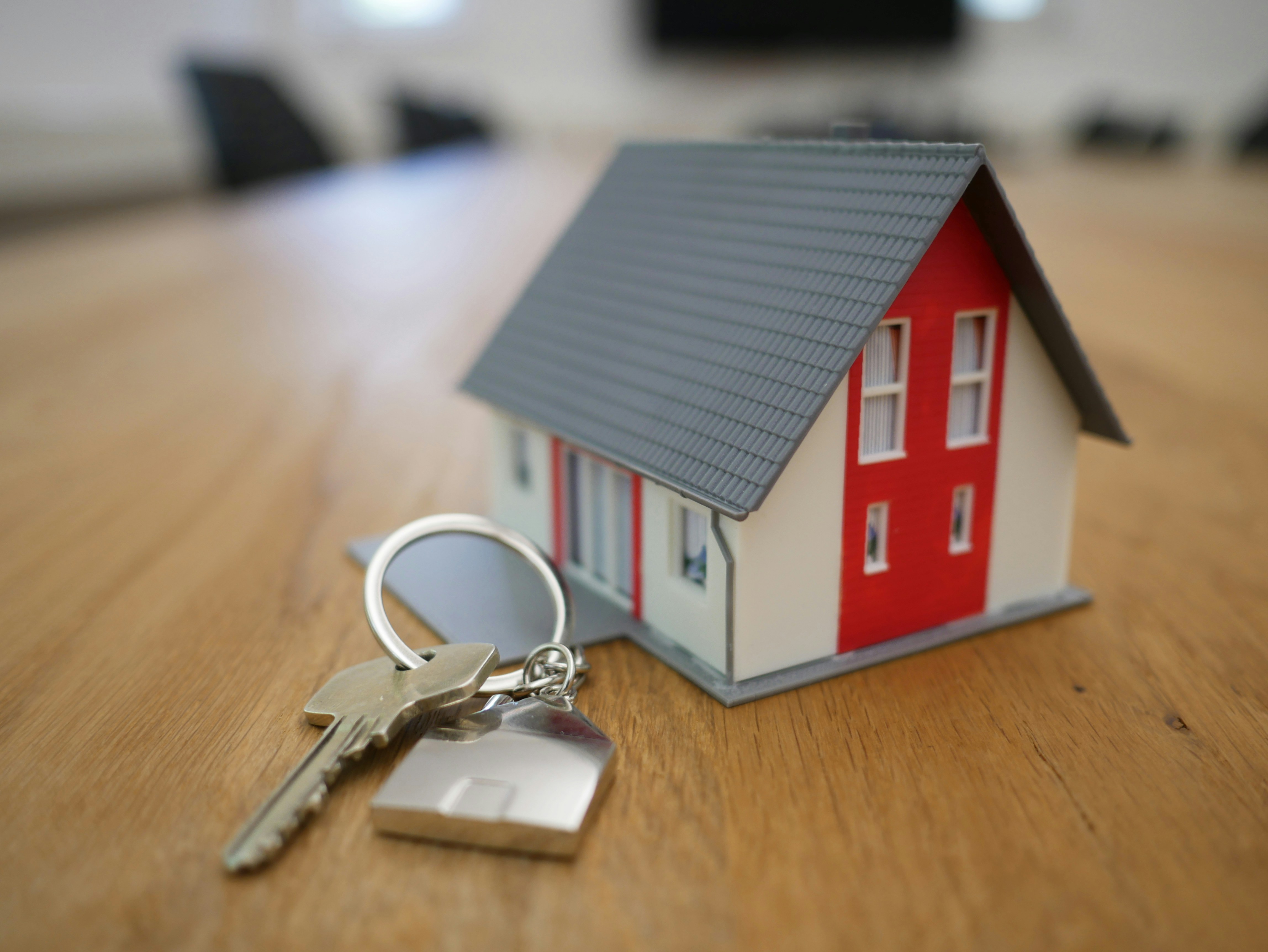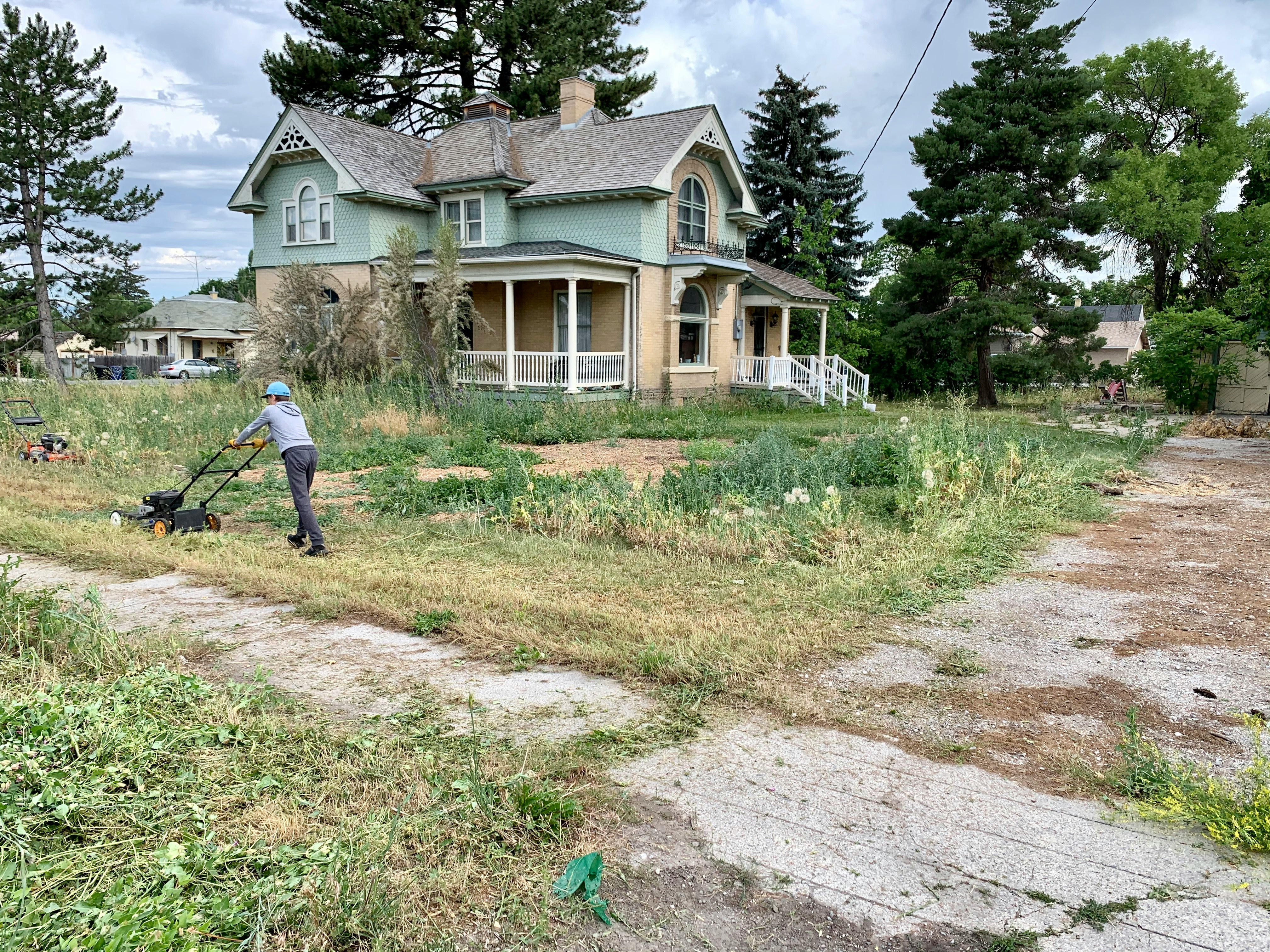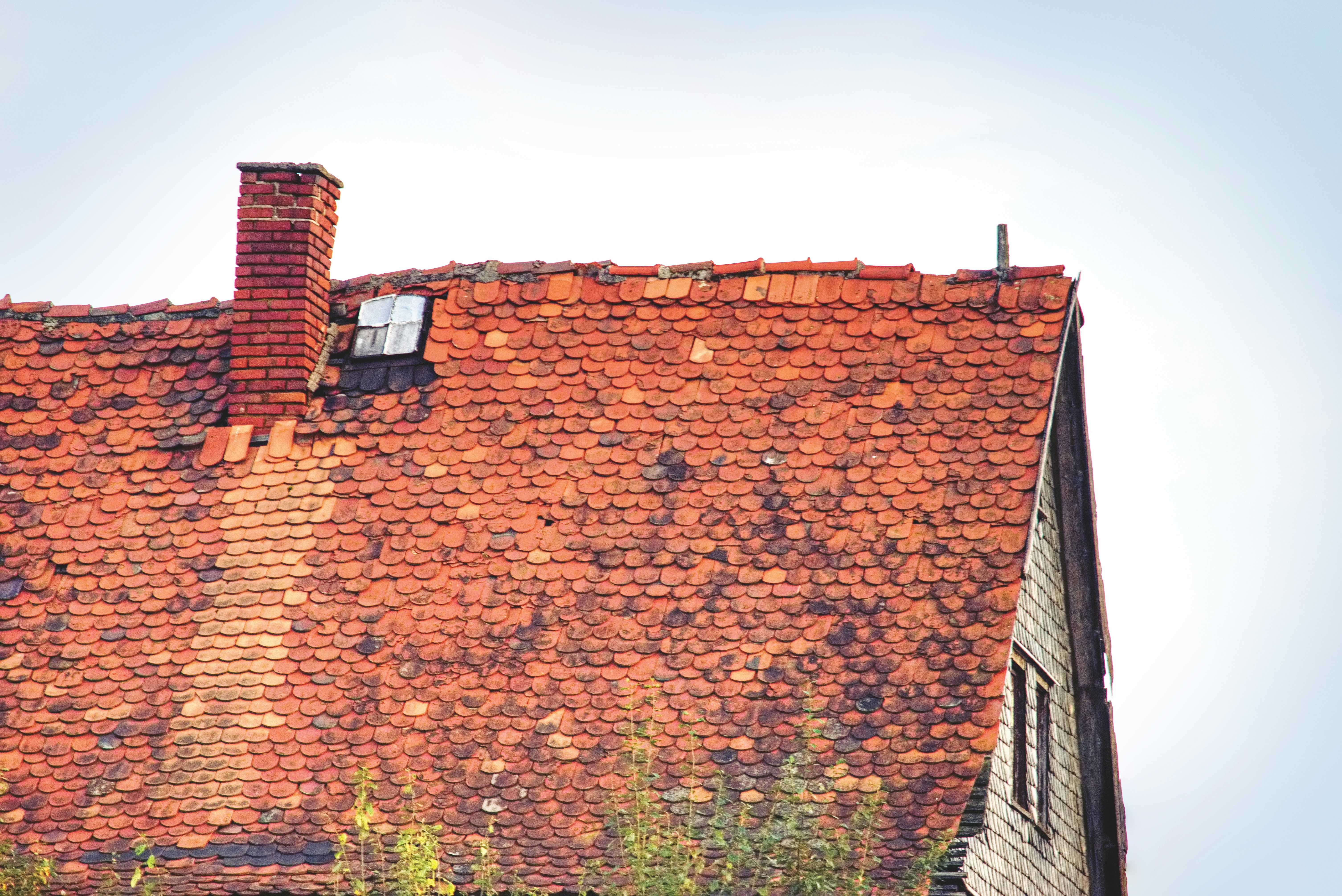
Former winner of The Block and DIY Expert Simon Vos and his brother are no strangers to renovating, however this time it was more personal as Simon and his wife Ash recently completed their own home, a renovation that injected some California into Coffs Harbour. Having seen the Coffs Harbour house on the New South Wales north coast five years ago they decided it would be an incredible renovation project. With plentiful style, design flair and inspiration to create an Australian take on Palm Springs, the couple set about transforming the run-down mid- century beach shack into a sleek, modern home.
Taking budget into consideration, Simon and Ash were able to use reliable building materials to create clever nooks, eye-catching visuals and features that not only make a statement but also provide a really enjoyable living environment. Simon shares his top tips and advice on how to make the best use of your budget when renovating.

Taking budget into consideration, Simon and Ash were able to use reliable building materials to create clever nooks, eye-catching visuals and features that not only make a statement but also provide a really enjoyable living environment. Simon shares his top tips and advice on how to make the best use of your budget when renovating.
According to Simon, firstly, they got rid of a lot of old materials in the house including horsehair walls and ceilings to really utilise the space and reuse any of the existing timber. In order to maximise the renovation, they decided to renovate using Gyprock plasterboard within the whole house to make it feel brand new. Investing in trusted brands when building the foundations of the home like the walls, floors and ceilings adds an improved level of protection and value to the longevity of the property.
If starting a complete refresh of a home, utilise some of the structures that are left from the initial strip out. If the home has interesting materials such as structural timbers, consider exposing beams to add character. There were incredible raked ceilings that were exposed throughout the process. The original house had low ceilings that hid a cavity up to the roof. This wasn’t used for storage, so they decided to open up the house by knocking this out and using Gyprock Superchek plasterboard to create glorious, angled ceilings. Utilising this kind of space makes the home feel much bigger and brighter and adds an architectural finish.
Taking into consideration key trends in interior design will also add value to any property. Seamless, transitional living continues to be popular, with an emphasis on merging the indoors with outdoors. According to Simon, creating a space that incorporated the outdoors and championed open living with mass space was very important. Adaptability and flexibility were achieved through the use of folding walls and doors, allowing rooms to be opened up for additional space, or closed off for privacy. Gyprock Superchek plasterboard on walls boasts strength and sound reduction, making the most of a dynamic floorplan, while providing acoustic benefits to make the house more comfortable to live in.
When planning your renovation, it’s important to consider building for the future, with flexibility and the understanding of the needs of a growing, modern family. This type of space versatility adds value to potential homeowners when it’s time to sell. What was important for Simon when starting this project, was that the home was multifunctional and hosted properties suited for a growing family.
By using Gyprock Superchek plasterboard for high-traffic areas, we knew the walls would withstand the knocks of everyday living according to Simon. Gyprock is made in Australia and available at Gyprock Trade stores, Gyprock resellers and Bunnings nationwide.
Gyprock has just launched the new Gyprock Living Simple to Stunning magazine with design tips to show how elevated design thinking coupled with great craftsmanship can take a basic building material like Gyprock and shape it into timeless, sophisticated architecture. To download visit https://gyprockliving.com.au/

If starting a complete refresh of a home, utilise some of the structures that are left from the initial strip out. If the home has interesting materials such as structural timbers, consider exposing beams to add character. There were incredible raked ceilings that were exposed throughout the process. The original house had low ceilings that hid a cavity up to the roof. This wasn’t used for storage, so they decided to open up the house by knocking this out and using Gyprock Superchek plasterboard to create glorious, angled ceilings. Utilising this kind of space makes the home feel much bigger and brighter and adds an architectural finish.

Taking into consideration key trends in interior design will also add value to any property. Seamless, transitional living continues to be popular, with an emphasis on merging the indoors with outdoors. According to Simon, creating a space that incorporated the outdoors and championed open living with mass space was very important. Adaptability and flexibility were achieved through the use of folding walls and doors, allowing rooms to be opened up for additional space, or closed off for privacy. Gyprock Superchek plasterboard on walls boasts strength and sound reduction, making the most of a dynamic floorplan, while providing acoustic benefits to make the house more comfortable to live in.

When planning your renovation, it’s important to consider building for the future, with flexibility and the understanding of the needs of a growing, modern family. This type of space versatility adds value to potential homeowners when it’s time to sell. What was important for Simon when starting this project, was that the home was multifunctional and hosted properties suited for a growing family.

By using Gyprock Superchek plasterboard for high-traffic areas, we knew the walls would withstand the knocks of everyday living according to Simon. Gyprock is made in Australia and available at Gyprock Trade stores, Gyprock resellers and Bunnings nationwide.

Gyprock has just launched the new Gyprock Living Simple to Stunning magazine with design tips to show how elevated design thinking coupled with great craftsmanship can take a basic building material like Gyprock and shape it into timeless, sophisticated architecture. To download visit https://gyprockliving.com.au/
Till next time... are you planning a home renovation?













 Virtual home tours make it possible to tour homes at your convenience from the comfort of your own home. In other words, you won't have to worry about taking an entire day off from work, setting aside time during the weekend, or coordinating with your real estate agent's schedule. Instead, online home tours allow you to view a display home at any time, eliminating the need to schedule an appointment.
Virtual home tours make it possible to tour homes at your convenience from the comfort of your own home. In other words, you won't have to worry about taking an entire day off from work, setting aside time during the weekend, or coordinating with your real estate agent's schedule. Instead, online home tours allow you to view a display home at any time, eliminating the need to schedule an appointment. While scrolling through pictures of the master bedroom, bath, and floor plan can give you a basic idea of the home's layout, 3D walkthroughs can give you a more thorough understanding of the home's features than pictures alone.
While scrolling through pictures of the master bedroom, bath, and floor plan can give you a basic idea of the home's layout, 3D walkthroughs can give you a more thorough understanding of the home's features than pictures alone.  Whether you're relocating to a new state, thinking about purchasing an investment property, or you have a busy schedule, it can be difficult to find time to travel out of town for an in-person tour. Especially during the time of COVID-19, the process of buying a home has become
Whether you're relocating to a new state, thinking about purchasing an investment property, or you have a busy schedule, it can be difficult to find time to travel out of town for an in-person tour. Especially during the time of COVID-19, the process of buying a home has become  Virtual home tours allow interested buyers to spend as much time as needed exploring potential properties. As you step through each room during your 3D walkthrough, you'll be able to picture where you might put your desk, TV, or couch, making it possible to plan the layout of your new home and visualize yourself living there.
Virtual home tours allow interested buyers to spend as much time as needed exploring potential properties. As you step through each room during your 3D walkthrough, you'll be able to picture where you might put your desk, TV, or couch, making it possible to plan the layout of your new home and visualize yourself living there. Buyers tend to tour a home multiple times before making a final decision. Because virtual home tours allow interested buyers to tour a display home at any time—and as many times as you want—you can return to the property as much as needed to review the home's key features, compare the property with others on your list, and
Buyers tend to tour a home multiple times before making a final decision. Because virtual home tours allow interested buyers to tour a display home at any time—and as many times as you want—you can return to the property as much as needed to review the home's key features, compare the property with others on your list, and  Every person who buys a home is responsible for paying closing costs. In some cases, sellers entice buyers by offering closing cost assistance, making it easier for people who have less cash upfront to enter the market. Closing costs vary and can be as much as
Every person who buys a home is responsible for paying closing costs. In some cases, sellers entice buyers by offering closing cost assistance, making it easier for people who have less cash upfront to enter the market. Closing costs vary and can be as much as  One way to prepare yourself for the potential interest costs is by using iSelect's
One way to prepare yourself for the potential interest costs is by using iSelect's  Homeowner's associations (HOAs) became popular in the United States in the 1960s, and almost a
Homeowner's associations (HOAs) became popular in the United States in the 1960s, and almost a  Even a new home requires routine maintenance. For example, your air conditioning and heating system should be inspected annually to ensure it's working correctly. Keeping the ducts clean can help air circulate effectively and reduce heating and cooling costs. Replacing filters will ensure your system is not circulating dirty air or working harder to disperse air. Other routine maintenance costs include caulking windows and tubs to maintain the seals, power-washing siding to remove mold and dirt, removing leaves and debris from your yard, and replacing broken window screens.
Even a new home requires routine maintenance. For example, your air conditioning and heating system should be inspected annually to ensure it's working correctly. Keeping the ducts clean can help air circulate effectively and reduce heating and cooling costs. Replacing filters will ensure your system is not circulating dirty air or working harder to disperse air. Other routine maintenance costs include caulking windows and tubs to maintain the seals, power-washing siding to remove mold and dirt, removing leaves and debris from your yard, and replacing broken window screens. If a critical system in your home breaks down, you may need to spend hundreds or thousands of dollars repairing it. One example would be a backup in your plumbing system that sends sewage into your home. Emergency repairs may also be required after a storm. For example, heavy snow or ice can cause your roof to collapse. A wind storm or hurricane could remove shingles or siding. Branches and debris could break your windows. Although your insurance may cover some of these costs, you may still be required to pay a deductible fee when you make a claim.
If a critical system in your home breaks down, you may need to spend hundreds or thousands of dollars repairing it. One example would be a backup in your plumbing system that sends sewage into your home. Emergency repairs may also be required after a storm. For example, heavy snow or ice can cause your roof to collapse. A wind storm or hurricane could remove shingles or siding. Branches and debris could break your windows. Although your insurance may cover some of these costs, you may still be required to pay a deductible fee when you make a claim. If you own a home, you need to have insurance for your property as well as your belongings. This insurance protects you in the event a flood or tornado destroys their home. It can also cover emergency repairs.
If you own a home, you need to have insurance for your property as well as your belongings. This insurance protects you in the event a flood or tornado destroys their home. It can also cover emergency repairs.